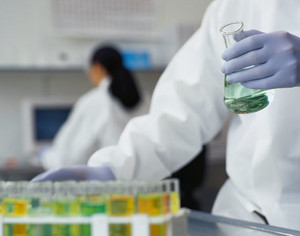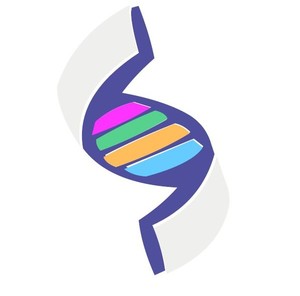New pharmacovigilance legislation was adopted by the European Parliament and European Council in December 2010. The European Medicines Agency (EMA) is responsible for implementing the legislation. As part of its commitments the agency released draft guidance on pharmacovigilance for biologicals in December 2015 for public consultation. This guideline has since been finalized and came into effect in August 2016.
EMA studying pharmacovigilance for biologicals and biosimilars
Home/Reports
|
Posted 08/06/2018
 0
Post your comment
0
Post your comment

Dr Elena Wolff-Holz, from the Paul-Ehrlich-Institut and Federal Agency for Vaccines and Biomedicines, and Chair of the Biosimilar Medicines Working Party at EMA, outlined how EMA is studying pharmacovigilance for biologicals at the 16th Biosimilar Medicines Conference in April 2018 [1]
EMA is currently carrying out a study into biologicals identifiability in EudraVigilance. The aim of the study is to assess level of precise identification of biologicals up to the product level in adverse drug reaction (ADR) reports received from European clinical practice. It is intended to be an update of the EudraVigilance data collected and reported by Vermeer et al. in 2013 [2].
The study includes all cases received as spontaneous ADR reports from a reporter within the European Economic Area (EEA) between January 2011 and June 2016, in which at least one of the suspected or concomitant medicinal products involves a biological for which:
- a biosimilar has been approved in the EEA (epoetin alfa, etanercept, filgrastim, follitropin alfa, infliximab, insulin glargine, somatropin); or
- a related product has been approved in the EEA (human normal immunoglobulin, interferon beta-1a, octocog alfa).
Preliminary results of the study using data from the EudraVigilance database suggest that:
- Continuous robust levels of product identification of biologicals from European clinical practice, though batch traceability remains a key challenge
- These results are similar (or better) than previously published data on biosimilar identification in the EU
- Batch number identification remains poor
- Identification using trade name is generally very good – signal detection activities are performed at this level
Conflict of interest
The author of the presentation [1] stated that the views presented in the presentation were her own and do not necessarily reflect the views of the Paul-Ehrlich-Institut.
Related articles
Full or modified clinical programme for biosimilars
Product-specific pharmacovigilance
Extrapolation and pharmacovigilance for biosimilars
References
1. Wolff-Holz E. Initiatives at a glance: EMA perspective. 16th Biosimilar Medicines Conference – Biosimilar Medicines: unlocking the full potential of biologics; 26-27 April 2018; London, UK.
2. Vermeer NS, Straus SM, Mantel-Teeuwisse AK, et al. Traceability of biopharmaceuticals in spontaneous reporting systems: a cross-sectional study in the FDA Adverse Event Reporting System (FAERS) and EudraVigilance databases. Drug Saf. 2013;36(8):617-25.
Permission granted to reproduce for personal and non-commercial use only. All other reproduction, copy or reprinting of all or part of any ‘Content’ found on this website is strictly prohibited without the prior consent of the publisher. Contact the publisher to obtain permission before redistributing.
Copyright – Unless otherwise stated all contents of this website are © 2018 Pro Pharma Communications International. All Rights Reserved.
Source: Medicines for Europe
Guidelines
New decree for the prescription and commercialization of medicines in Argentina
FDA issues draft guidance on biosimilars and interchangeable biosimilars labelling
Policies & Legislation
Strategic plans of ANVISA and COFEPRIS to advance health regulation
Panama enacts new bill to guarantees the supply of medicines
Follow-on biological/biosimilar approvals in Latin America by therapeutic class

Home/Reports Posted 03/04/2024
First approvals of similar biotherapeutics in seven Latin American countries

Home/Reports Posted 16/01/2024
The best selling biotechnology drugs of 2008: the next biosimilars targets








Post your comment